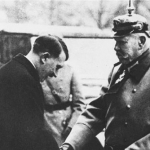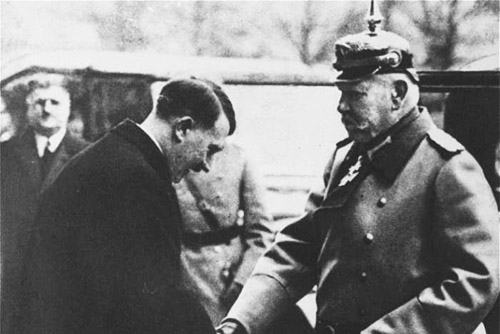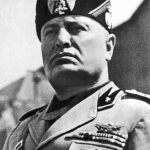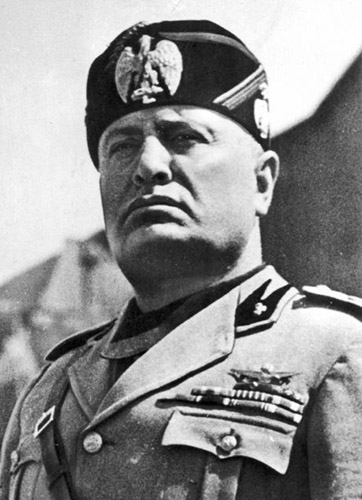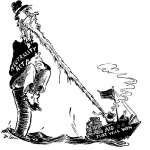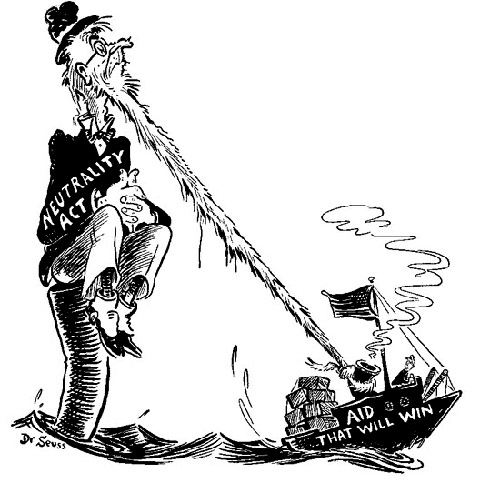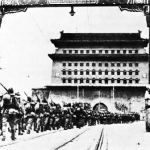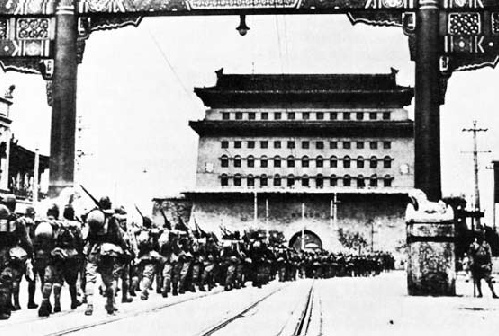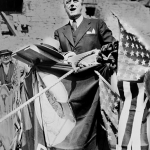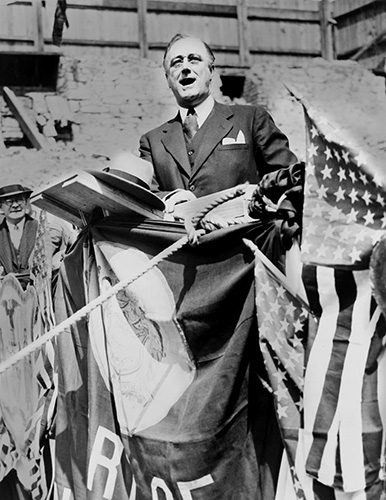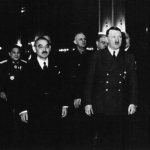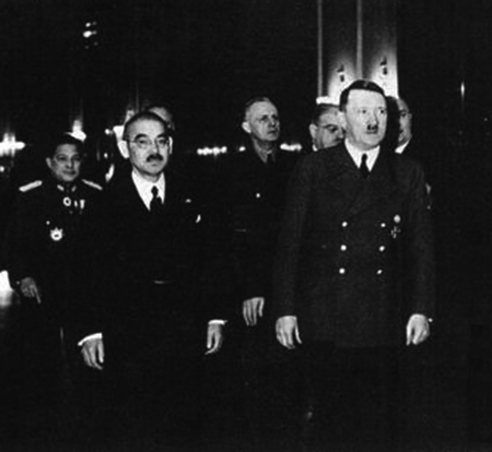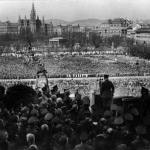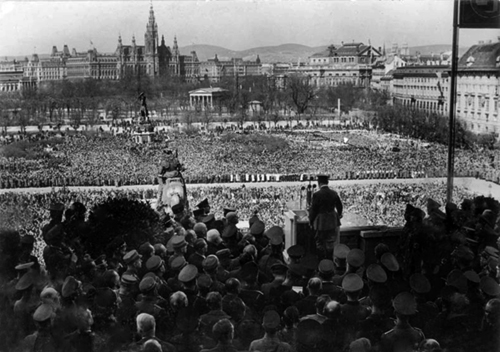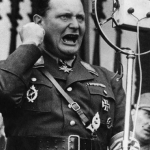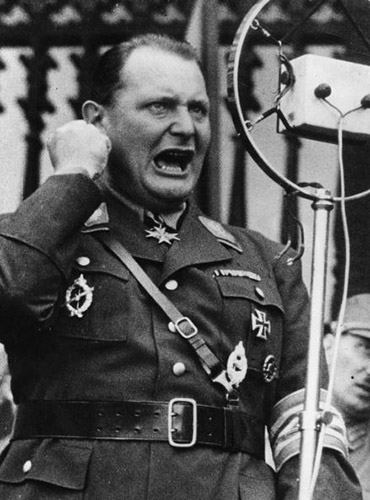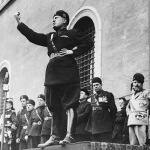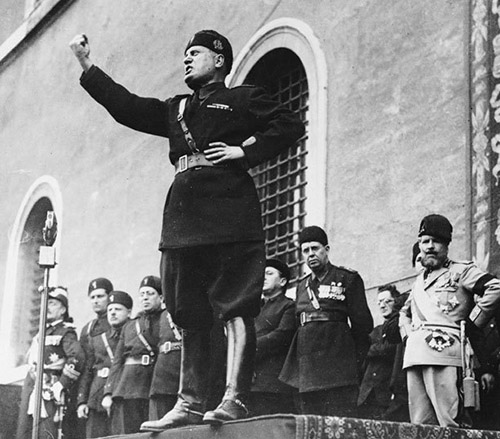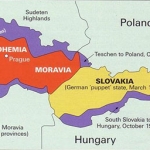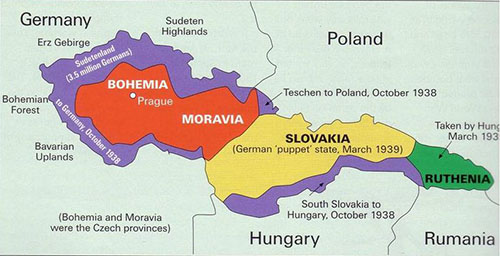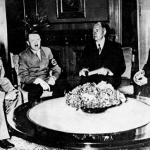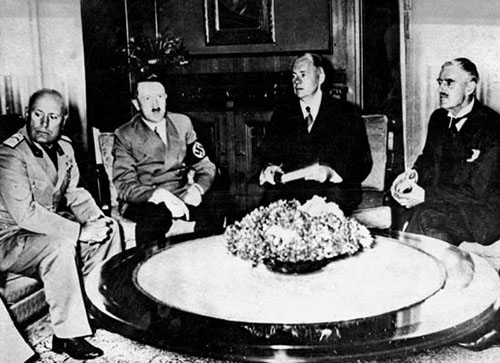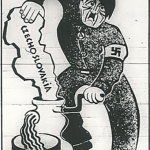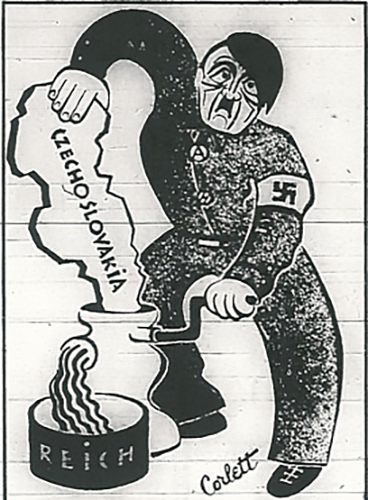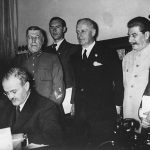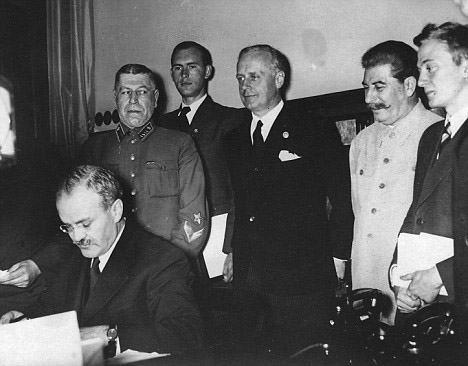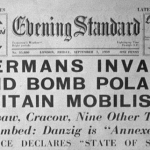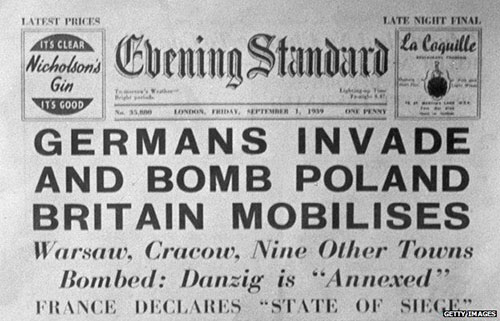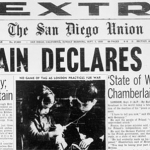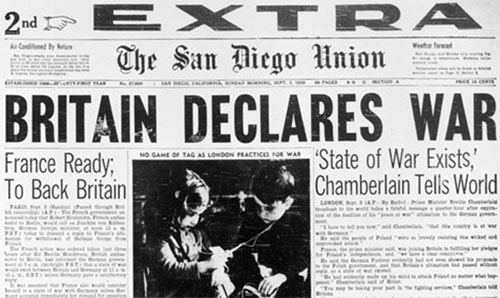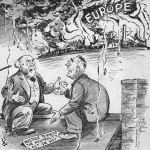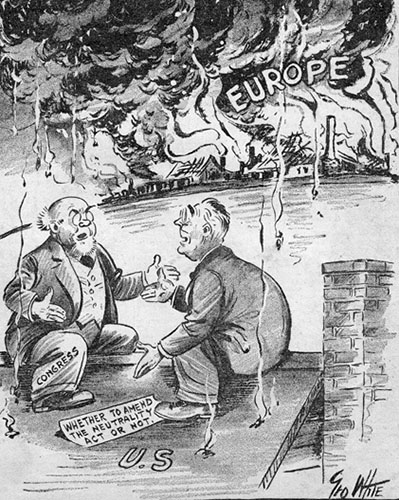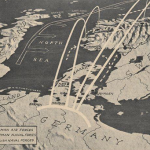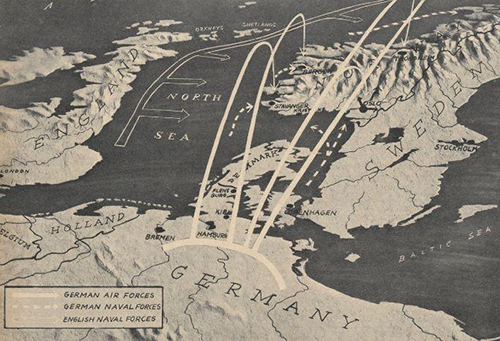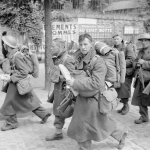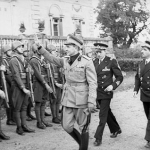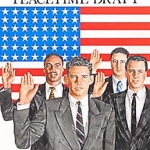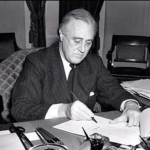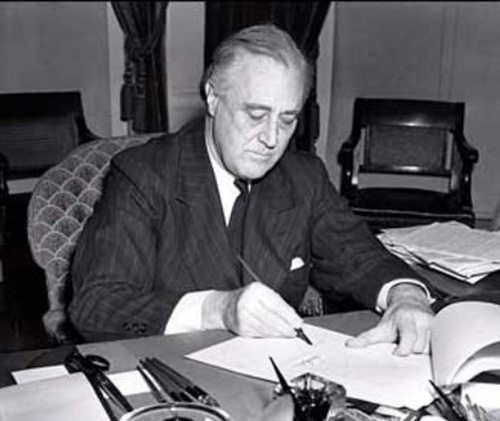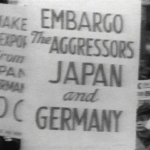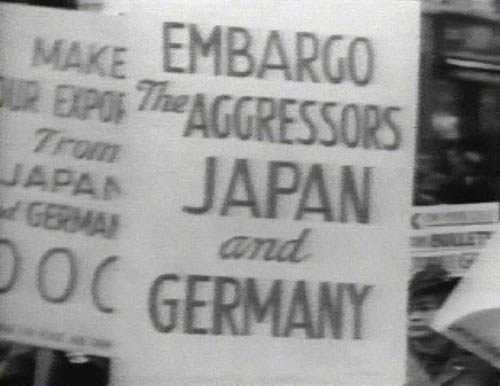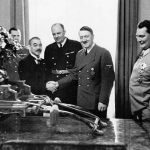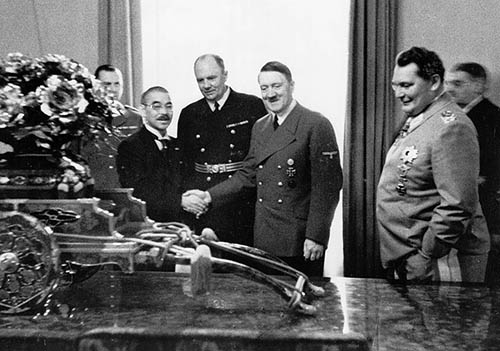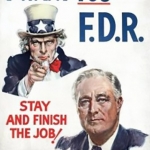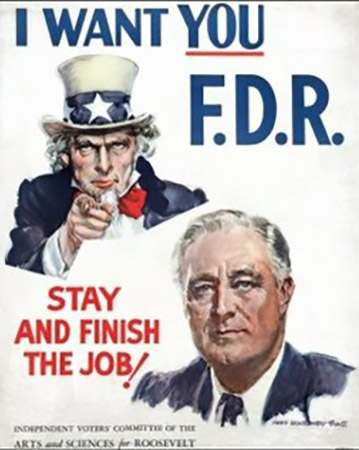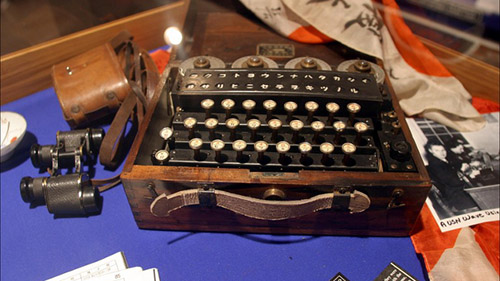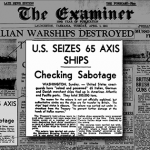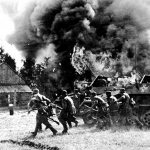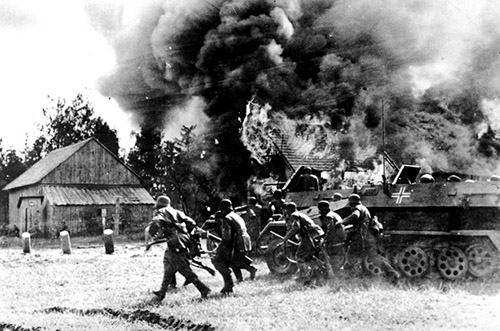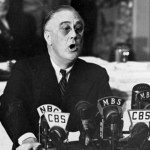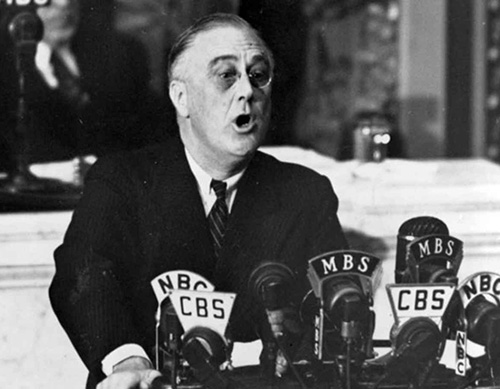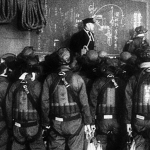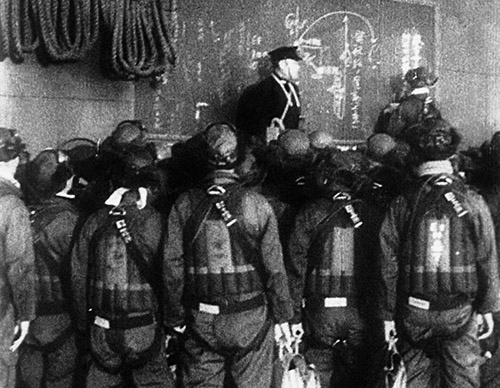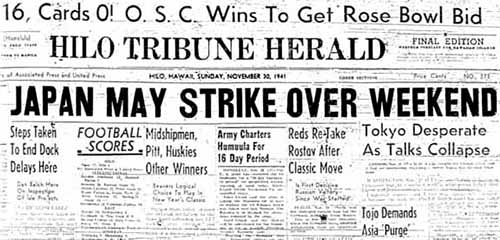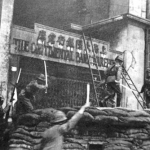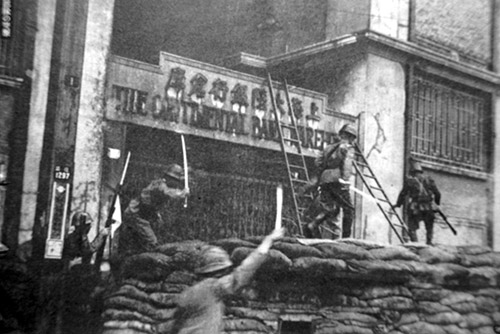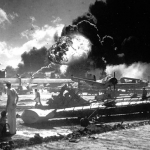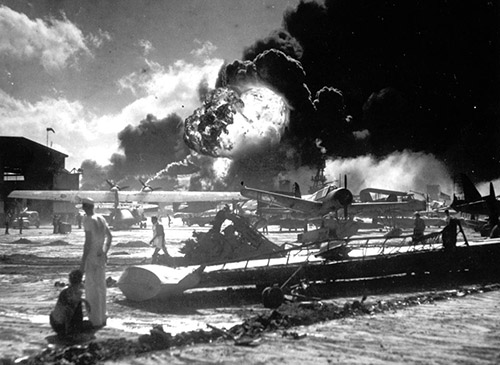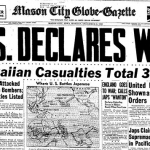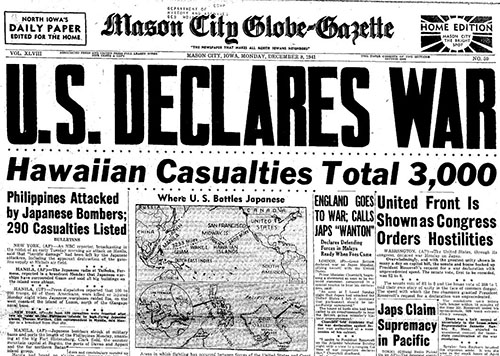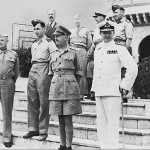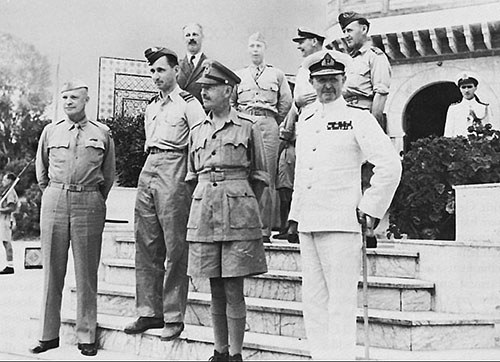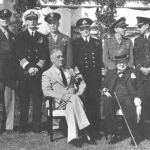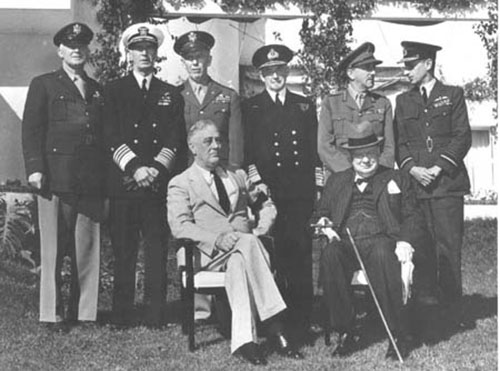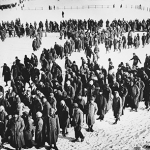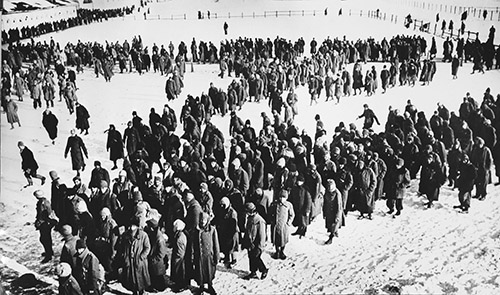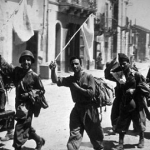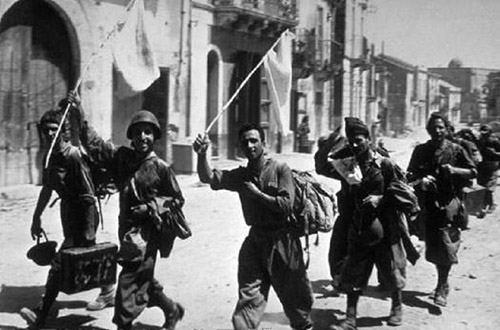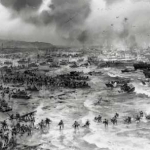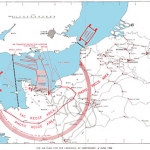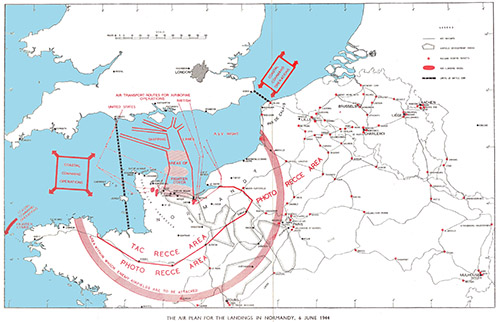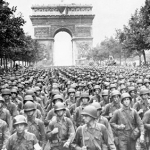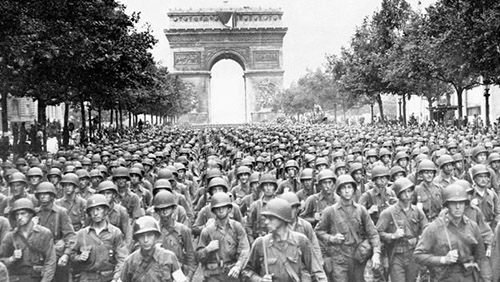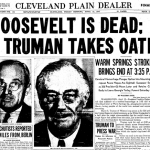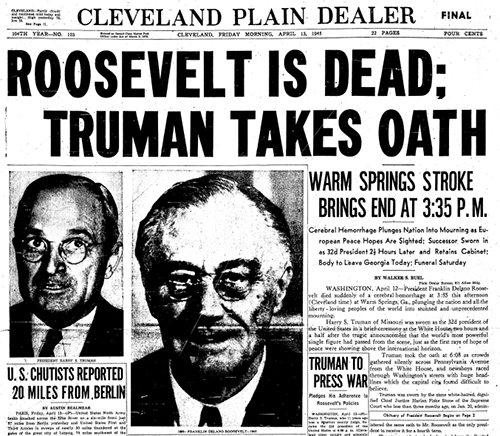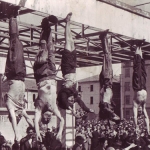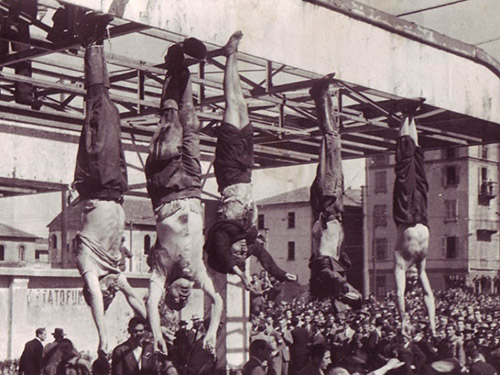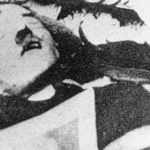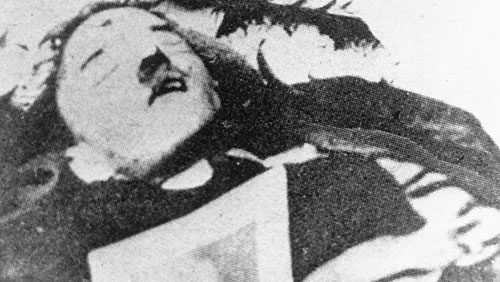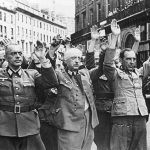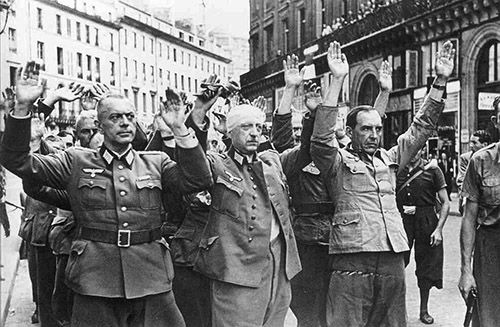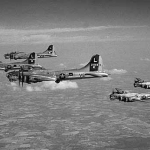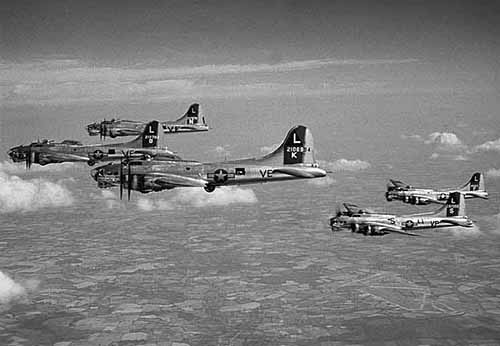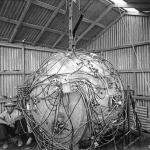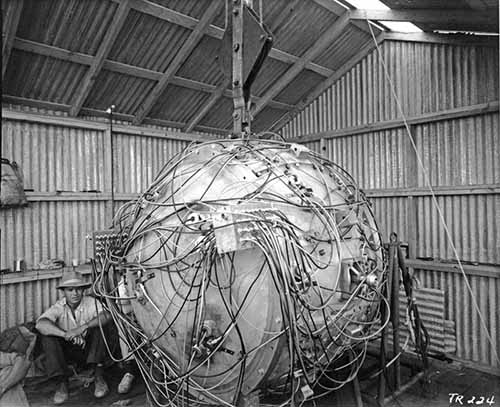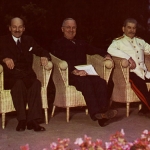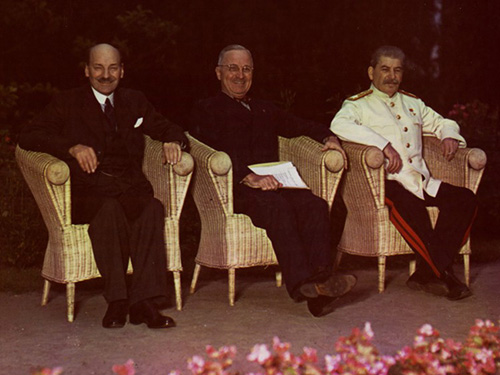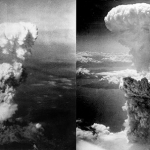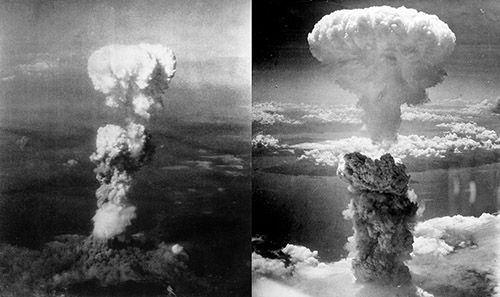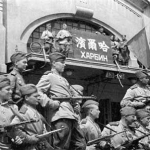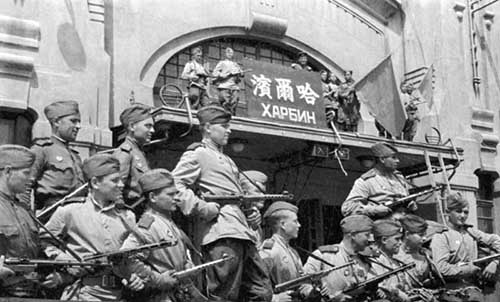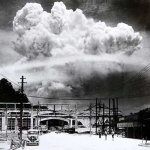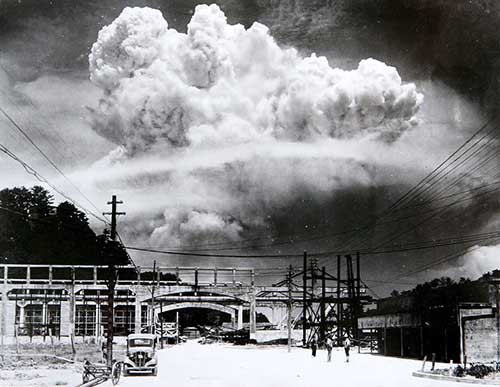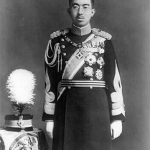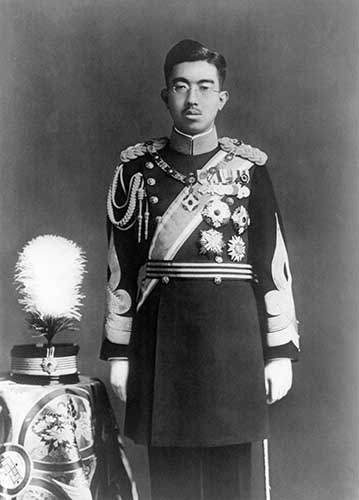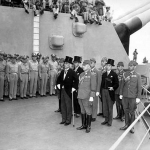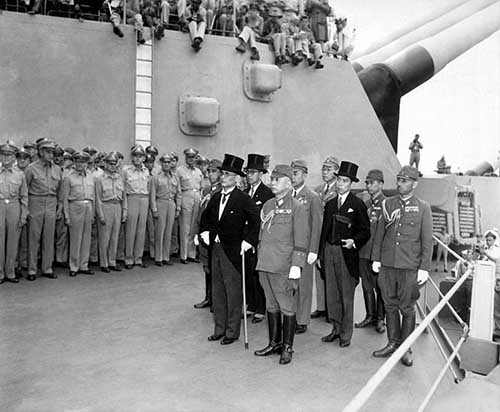World War II 1939-1945
History
After World War I, massive economic instability in Europe led to the rise of dictators in several countries, most notably Benito Mussolini in Italy and Adolf Hitler in Germany. Germany in particular was struggling as a result of financial and territorial losses enacted by the Treaty of Versailles following the First World War.
Under Hitler and the expansionist "lebensraum" (“living space”) policy, the National Socialist (Nazi) Party sought to advance the notion of a "pure" Aryan race--a notion that entailed the mass murder of millions of Jews, and the imprisonment of millions more in concentration camps. Initiating aggressive movements to annex parts of neighboring countries, Hitler signed treaties with Italy and Japan amid growing tensions with the Joseph Stalin-led Soviet Union.
World War II officially began when German forces invaded Poland in September of 1939, leading Great Britain and France to declare war. Soviet forces sent troops into Poland on September 17 to combat the Germans. Throughout 1940, German forces employed "blitzkrieg" tactics--quick, brutal attacks--to take over Belgium and the Netherlands, proceeding into France soon after.
Although the United States did not enter into combat at this point, it provided aid to Great Britain under the Lend-Lease Act, and the British Royal Air Force succeeded in deterring Hitler's plan to invade with its victory in the Battle of Britain.
Indeed, it was not until Japan's December 7, 1941 attack on Pearl harbor that the United States officially joined the fight against the Axis Powers. Congress declared war against Japan the following day, leading Germany and the other Axis countries to declare war on the US in turn.
The Battle of Midway in 1942 is generally regarded as a turning point in the Pacific Theater, and in 1943 the Allied Forces' island-hopping strategy worked effectively to bring them closer to the Japanese mainland.
Halfway around the world in Europe and North Africa, the Allies began to see success as well. They brought down Mussolini's Italian dictatorship in July of 1943, while Soviet forces had outlasted German troops on the Eastern Front the previous winter.
June 6, 1944 would become famous as D-Day, the occasion for an invasion of France by over 150,000 Allied troops. The intensity of this invasion forced Hitler to abandon his efforts in the east and refocus his troops on defending the Western Front. The Battle of teh Bulge marked the final significant German offensive and was succeeded by massive bombings of Germany and a ground invasion soon after. Adolf Hitler killed himself on April 30, 1945, and Germany would officially surrender on May 8.
In July and August of 1945, President Harry S. Truman attended the Potsdam Conference along with Winston Churchill and Josef Stalin to negotiate strategy and support in ongoing efforts against Japan. Daunted by high numbers of Allied casualties at Iwo Jima and Okinawa, President Truman authorized the use of the atomic bomb. Following devastating bombings in Hiroshima and Nagasaki, Japan surrendered on September 2, 1945 aboard the USS Missouri.
Estimates put the World War II death toll as high as 75 million, including victims of the Holocaust as well as those who died as a result of the bombs and ensuing fallout. Germany was divided into Eastern and Western blocs occupied by the USSR and the Western allies respectively. The United Nations was formed in 1945 in an effort to sustain peace, though tensions between the United States and the Soviet Union would soon escalate into the Cold War.














